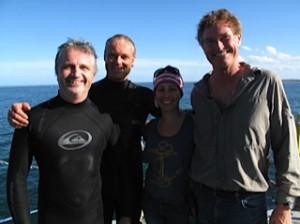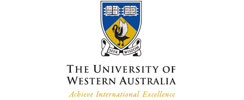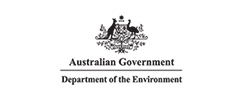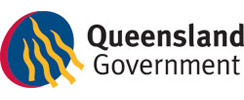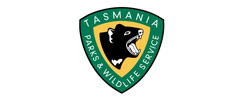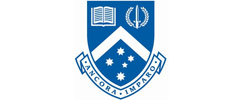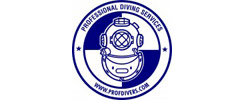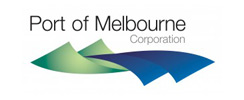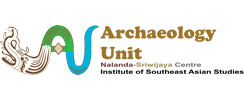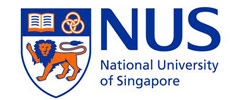Thursday 10 May
As fate would have it the mercurial weather of Port Phillip Bay took a turn for the better and by Wednesday the 9th the team was in full swing. The weather web-program Seabreeze predicted an optimal day on Thursday 10th and then a complete blow out for the rest of our planned time at the site. This last day of access to the site would be critical.
An early 5.00 am SMS from James Parkinson noted happily “WNW 14 knots lets do it”. By 5.30am Trim was launched, the first team on their way to Queenscliff and all other teams assembling for the shuttle bus to St Leonards. The water was glassy, the wind light and the sky azure. The first divers on to the wreck could be seen clearly from the barge platform profiled against the eucalypt inner planks and surrounding marine sediments. After final photo runs over the excavation, securing of the sacrificial wood and metal samples to the keelson and several video transits, the site was ready for backfilling.
The artefact repository was filled with sediment to the level of the sea bed and consolidated with mesh and polywoven bags. PVC tarpaulin will be placed here to mitigate any possible anchor damage. Large sediment traps were constructed at either end of the excavation to increase the capture of spoil from the containment bund adjacent the wreck. The air lift was made hot by 11 am and the backfilling begun in earnest. After slack water at noon the dredging really took hold – sediments dropped sheath-like under the cloth at the stern and after several hours (and on their second dive that day) James Parkinson and Amer Khan were well down the excavation, turning the dredge to take advantage of the turning tide – which that day was predicted to run at up to 0.8m per second. By 3pm the dredging, placement of ploywoven bags with sediment and site cleanup was over. This was a stunning effort by the SSBA divers with 16 tethered SCUBA dives also logged working on a range of tasks including taking levels from previous coring; locating a previously deployed current meter and the inevitable ‘long march’ with sand bags for site stabilisation.
The platform was humming with the energy and ambience of a sun-drenched day. At 2pm the team was honoured to welcome to the site Geelong local Courtney Dalton, a direct descendent of William Dalton who was Captain of the Clarence. Courtney arrived at the site on his self-built couta boat with his mate Paul in tow. Courtney and Paul were treated to an extra special snorkel tour of the site, guided by Heritage Victoria’s Rhonda Steel.
Ruefully teams started to leave the barge by 3.30 pm with all conservation, recording, survey and diving equipment packed for transfer on Trim or consolidated within the X-Ray container for transport back to Port Melbourne on Monday. The last team on the barge finished before fading light – the waters now steel-glazed and the warmth of the sun still palpable to the touch on the rig-like barge.
The first workers arrived at Portarlington on April 12th and a month has now passed. This phase of the Project is nearly over. Further installation of cloth; PVC protective sheeting and monitoring will be carried out over the next two weeks by Heritage Victoria, MAAV and WA Museum’s Vicki Richards. The collaboration has relied, and will continue to rely, on the significant expertise and skills of Victorian based researchers, divers and support staff. Once again the steadfast and generous support of Heritage Victoria, Professional Diving Services and the 60 archaeologists, conservation scientists, finds managers and divers who have travelled from around the world to be at Clarence is both heart-warming and humbling.
By Professor Peter Veth Lead Chief Investigator University of Western Australia Western Australia